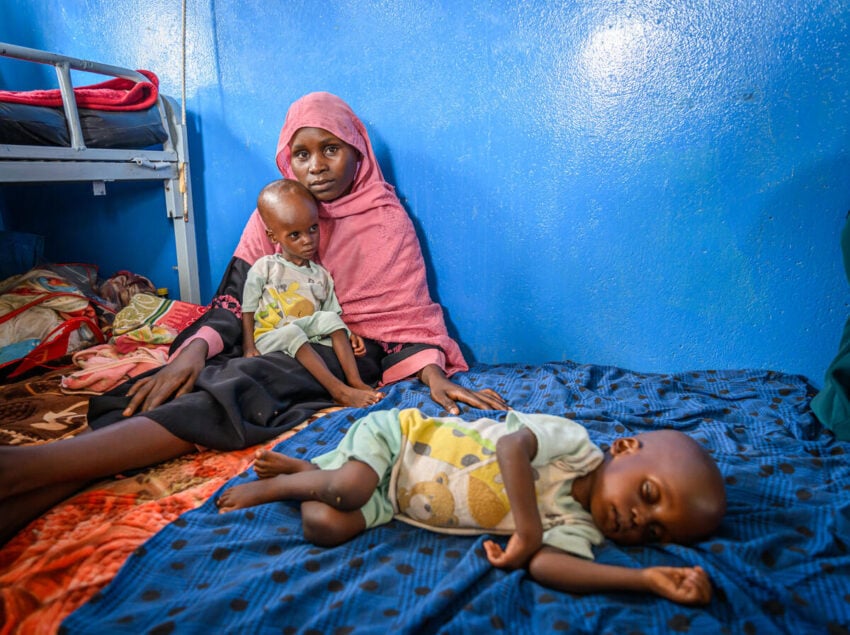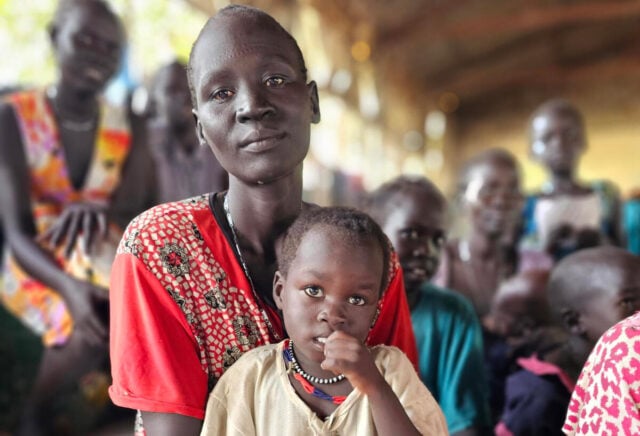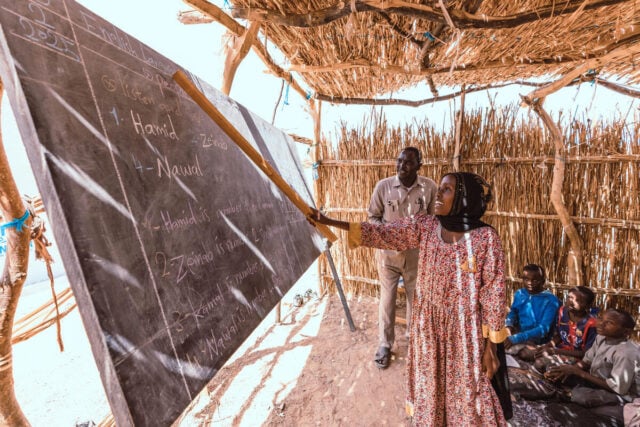This World Refugee Day, we honor the resilience of people forcibly displaced from their home countries. From Sudan to Haiti to Bangladesh, millions of mothers and children are seeking safety in desperation. Their journeys reflect a global crisis: As of June 2024, an estimated 43.7 million people have been forced to flee across borders in search of safety. Each year, approximately 339,000 children are born as refugees, many into hunger and instability.
Their stories remind us why refugee support matters.
Sudanese refugee mother escapes conflict with twin sons
No mother willingly runs into danger with babies in her arms — not unless staying is even more terrifying.
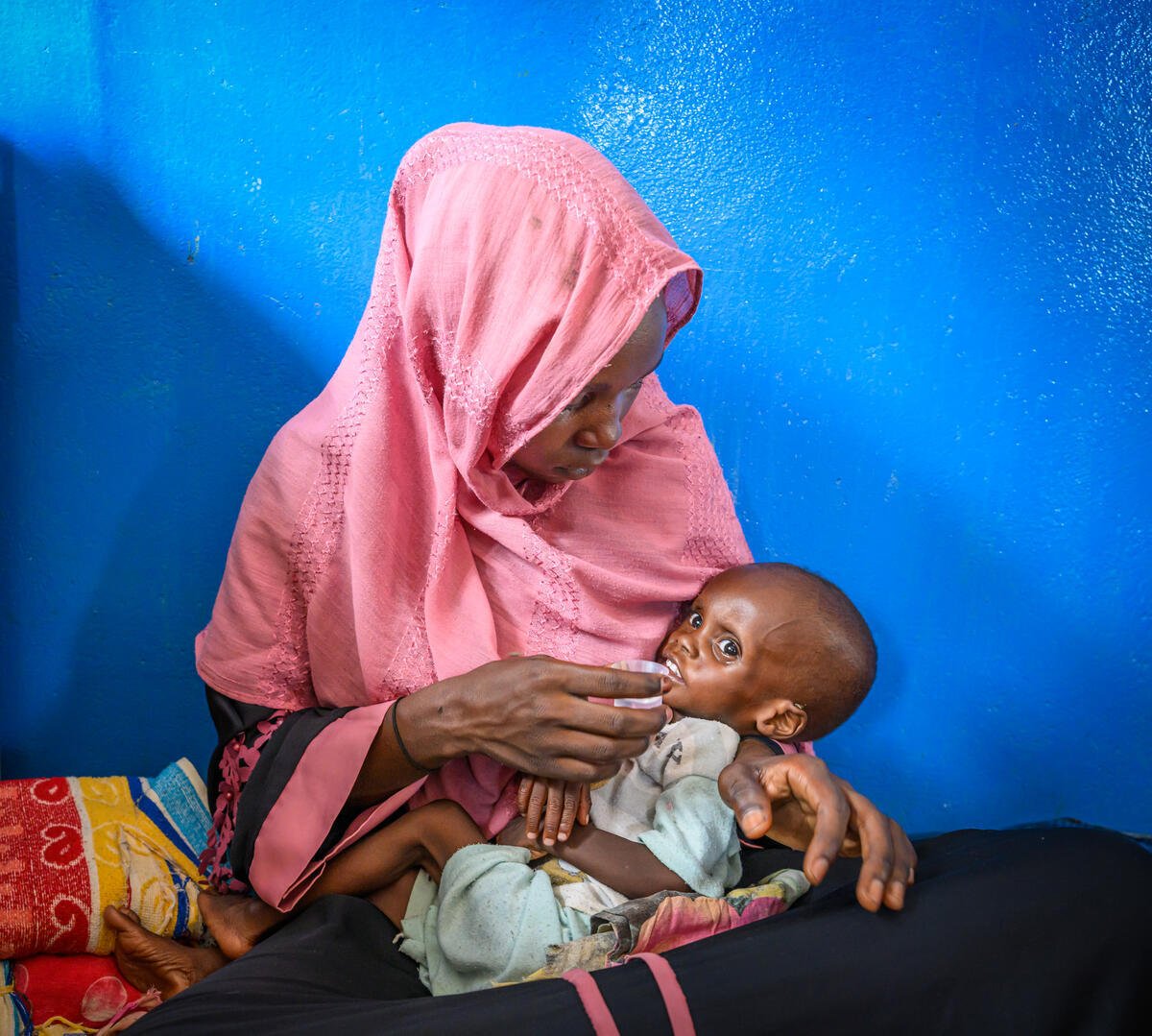
That’s the choice 20-year-old Tahani faced due to the conflict in Sudan. As armed violence consumed her community, she fled with her twin sons, Adam and Adeeb, just around their first birthday. She carried one, and a relative carried the other.
“When I started coming here, I faced shooting and people killing people on the road,” she says. “Houses were on fire and villages.”
Tahani’s trek ended in Farchana, Chad. In May 2024, nearly a year after she arrived in Chad, World Vision staff met her at a nutrition and rehabilitation center run by the International Rescue Committee. Her sons were severely malnourished at 21 months old. Adam weighed only 13 pounds.
With care and therapeutic feeding, the twins began to recover at the center. Within a few months, their condition improved. After learning of the family’s plight, generous World Vision donors stepped in to help expand the clinic’s capacity by providing a water system and electricity. Today, the boys are healthier, active, and smiling in their mother’s embrace.
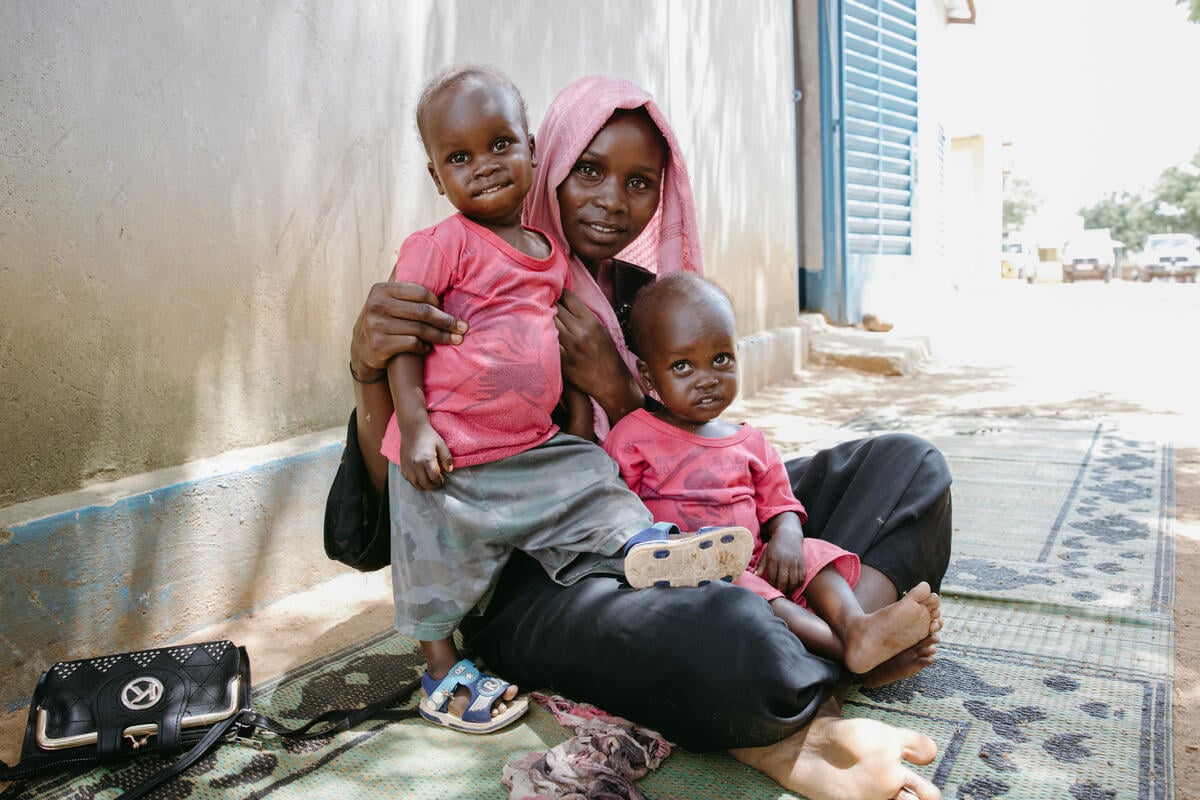
Hunger and hardship on the Haitian border
In the Dominican Republic, 28-year-old Rosemita also finds herself displaced and hungry — not by choice, but by circumstance. Uprooted by violence in Haiti, she now struggles each day to feed her five children.
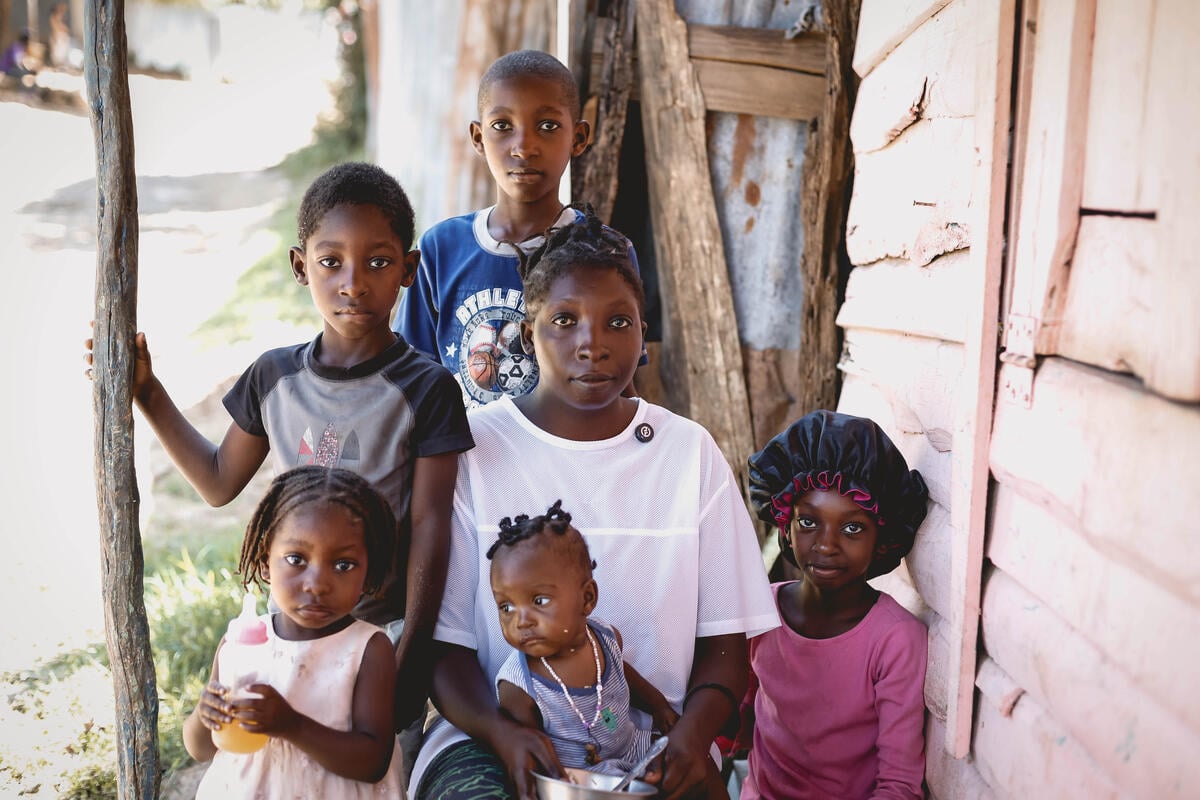
On this day, the only food she has is a single bowl of soup, which she sets aside for her youngest. The others wait, hoping for something to eat. Her 10-year-old son suffers from constant hunger headaches. “It’s very hard when my head hurts from hunger; it happens to me all the time,” he says quietly.
Back in Haiti, the threat of violence and insecurity makes returning home unthinkable. Like many displaced Haitian families, Rosemita is caught in a painful limbo — without work, support, or a clear way forward.
Families like hers are at the heart of World Vision’s response. In Haiti and beyond, support from generous donors is helping deliver lifesaving assistance and essential support. Together, our global malnutrition programs are making a lasting difference.
Over the last 15 years, 88% of the severely malnourished children we treated made a full recovery.
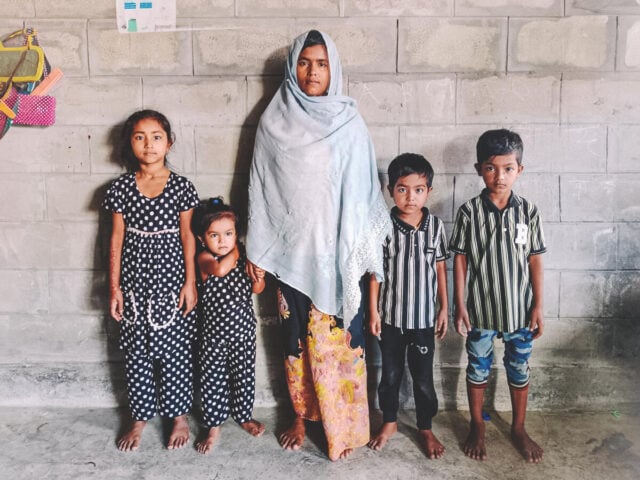
In Bangladesh, refugee moms grow food, restoring dignity
In Bangladesh, Momtaj’s story is different, but her need is the same. Rohingya refugee families — nearly a million people — have found shelter in camps across Cox’s Bazar and Bhasan Char. Here, food insecurity persists.
“I have no income to buy fresh vegetables,” says Momtaj, a 27-year-old mother of four on the remote island of Bhasan Char. “If I can cultivate, then I can feed my children.” On the mainland, Senowara, a 33-year-old mother of five, longs for the days when she could grow vegetables for her family. “After coming here, we live in a small place with not enough free open space, water [sources], natural fish, or our own cultivated vegetables,” she says.
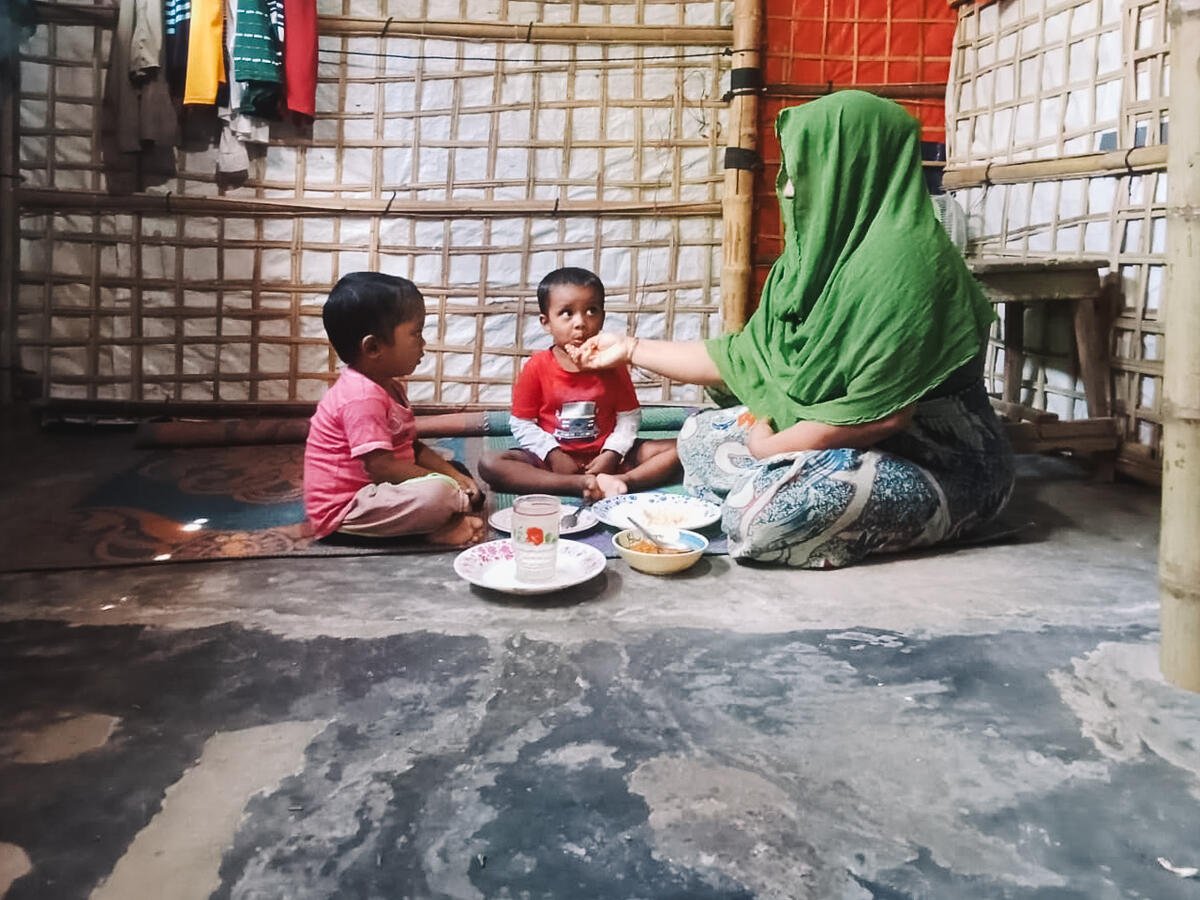
Yet, even here, hope is taking root, literally. Refugee families are working with World Vision and partners to start home gardens and community aquaculture, growing fresh produce and fish. These projects not only nourish bodies but also help restore a sense of dignity, agency, and resilience.
“If we establish community gardens, we can work there, produce vegetables, and all family members can consume,” says community leader Mohammed Taher of the refugee camp area in Cox’s Bazar. “We can meet our nutritional needs, and excess vegetables can be provided to other community members.”
How World Vision helps refugees and displaced families
From Chad to Haiti to Bangladesh, mothers and children remind us that displacement is often a last resort — a desperate bid for safety and survival.
World Vision is supporting vulnerable families around the world, working to meet their urgent needs while also coming alongside them as they build pathways to restoration and resilience. We’re doing this through providing:
- Emergency food and nutrition
- Access to clean water and healthcare
- Safe spaces for children to play and learn
- Support for resilient livelihoods and long-term recovery
Every child deserves safety, every family deserves the chance to thrive, and no one should ever be forced to flee home just to survive.
Sams Arefin, a World Vision communication specialist in Bangladesh, contributed to this article.
